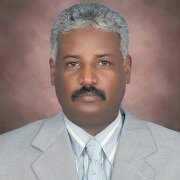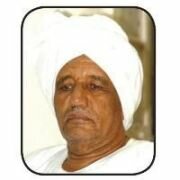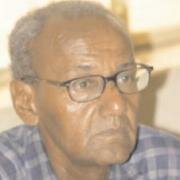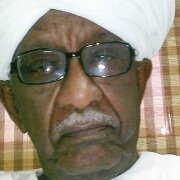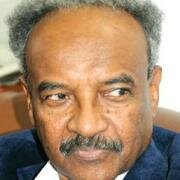Jihan realized that continuing with her former life was inconceivable. She visited Nabeel Rajab
, co-founder of the Bahrain Center for Human Rights, to ask how she could help. Hard as it had been to come to him, Jihan told Nabeel, she could no longer stay silent and on the sidelines.
A colleague of Nabeel’s trained Jihan in how to document human rights violations. Soon, she began doing so in cases involving medical professionals who had been imprisoned and tortured by the regime for treating injured protesters -- and for speaking out about the injuries they were seeing.
By the time I met Jihan, she was an experienced activist with the Bahrain Center for Human Rights, and the founding vice president of the Bahrain Rehabilitation and Anti-Violence Organization (BRAVO), which seeks to aid in the treatment and rehabilitation of torture victims.
Seasoned as she was, Jihan was thoroughly shaken by the time we left an underground clinic late one night. There, nurses had secretly stitched up the gaping head wound of 13-year-old “Hussein,” shot with a tear gas canister after a march that had, ironically, been called to protest the excessive use of tear gas.
Jihan and I had been to the protest and, at its end, were speaking to bare-chested youths holding Molotov cocktails, their faces wrapped in t-shirts. “This [Molotov] is not violence,” one of them insisted. “What’s violence is what they use against us, live bullets. We are defending ourselves. We’re not attacking. If they attack us, we respond.”
The words were scarcely out of his mouth when a shout went up that the riot police were on their way. Jihan and I peeled away in a friend’s jeep, looking out the back window as arcs of light from tear gas canisters and burning Molotovs streaked across the night sky. We thought we saw a tear gas canister hit a fleeing child in the head, and when Jihan received a phone call about the injury soon afterwards, we rushed to the underground clinic.
“I couldn’t sleep last night,” Jihan told me the next morning. “That thirteen-year old child we saw was in front of my eyes.”
She reached Hussein’s older brother by phone after several attempts. Hussein, he reported, was vomiting, not eating, and suffering from headaches. In typical fashion, Jihan sprang into action, contacting several doctors and medical professionals for consultation. There might be a serious problem, one that only a CT scan could detect, a specialist told her. Jihan’s worry deepened.
“Doctors with private clinics don’t have CT scan or X-ray machines, so we need to arrange a hospital for him, which is very risky. [Hussein’s family] won’t accept taking him to the hospital. They will be scared that he will be arrested, so, really, I don’t know what to do,” she told me, pressing her iPhone against her forehead. “It’s a very big decision, taking him to the hospital.”
There was good reason for all of them to fear the boy’s arrest. A few days earlier, Jihan and I had visited 11-year-old Ali Hasan, who had just been released after nearly a month in juvenile prison. He had been playing soccer outside, Ali told us, when armed riot police approached. His friends had managed to run away, but frozen in fear, he was arrested and charged with blocking the road in advance of a demonstration. What did he miss most while imprisoned? Ali responded without hesitation: his two little sisters and toddler-aged brother. Modified from Tomdispatch
-
Washington Watch: Defining What It Means to Be Religious
-
Periscope: Internal Failure and Not External InterventionsNext >
